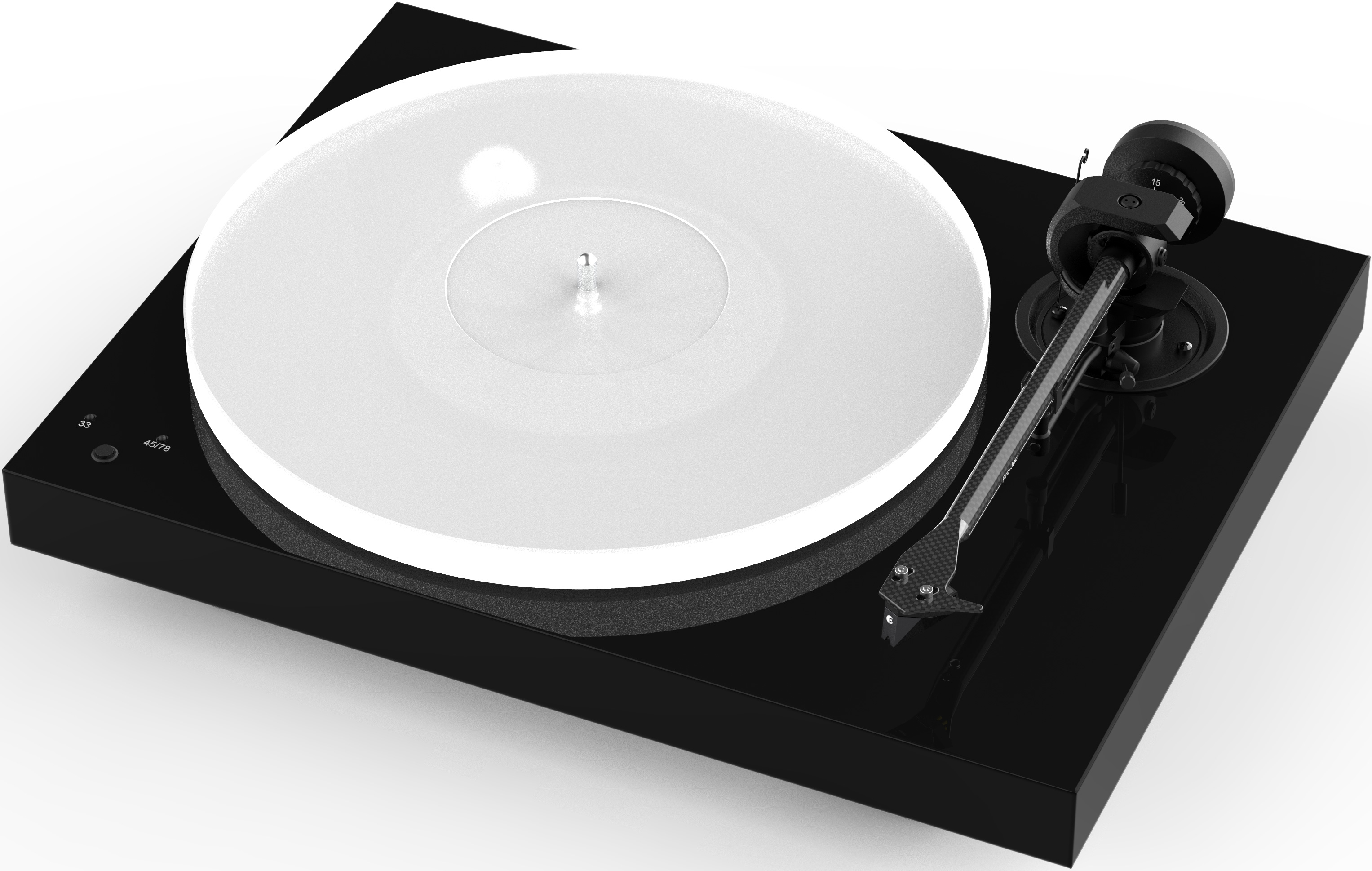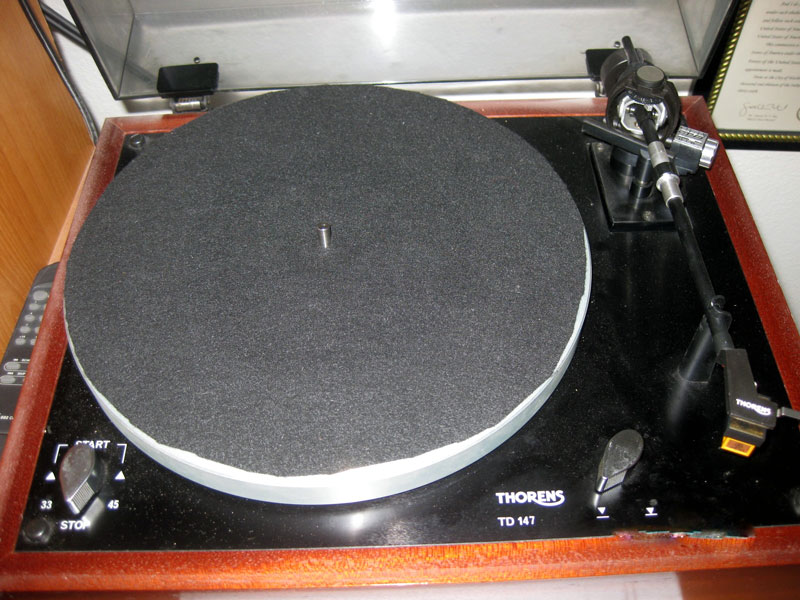“Vinyl is making a comeback.” I hear or read this statement all the time. When anyone says this to me, I always reply, “To me it never left.” I must have missed something because I have been playing records continuously since I was a teenager, especially for the past 20 years. I have been using the same turntable almost daily for the past 37 years and, before I retired, I even had a turntable that I used regularly in my office at work. I miss browsing records at the Tower Records Classical Annex on Sunset Boulevard in Hollywood.
My AR “The AR Turntable” was purchased new from GNP in 1983. They had a fine young turntable technician named Brooks Berdan who mounted a Sumiko Premier MMT tonearm on it, making the turntable more compatible with a variety of low-compliance phono cartridges such as the Talisman moving coil. I also own a Thorens TD-147 (Thorens TD-160 Super with a tonearm and auto-stop), which is used in our family room. The AR and the Thorens are my favorite turntables. I feel newer turntable offerings under $1,000 are nowhere close in build or performance to these two. While my Goldring (Rega Planar 2 clone) turntable was a bargain at a little over $300, it is not in the same league as the AR or the Thorens. Enter the Pro-Ject X1 turntable complete with tonearm and phono cartridge.
According to Pro-Ject Audio Systems, the X1 is based on the same concept as its predecessor the P1 but is improved in every aspect thanks to modern materials and new production methods. It houses a sophisticated DC/AC generator board, which, combined with the convenient speed control board, delivers clean and stable power to the quiet-running motor. For even further improved performance, the motor is decoupled from the main plinth using a new motor suspension system. On the X1, the motor drives a new heavy, non-resonant acrylic platter via a sub-platter drive system and a premium-grade main bearing for liquid smooth rotation. The X1 also betters its predecessors thanks to the super-stiff, perfectly tempered carbon/aluminum sandwich construction tonearm. This new 8.6” tonearm design is incredibly light and stiff, with improved resistance to external interference. Finished as a one-piece, with no resonance-inducing headshell, the X1 can be set for azimuth and VTA adjustment. The tonearm is supplied with a TPE-damped counterweight, further reducing cartridge-tonearm resonances.
Sumiko Audio Systems now pre-installs and aligns a Sumiko Olympia phono cartridge to simplify the setup. The Olympia cartridge offers a user-replaceable stylus and can be easily upgraded to the Sumiko Moonstone by just replacing the stylus. The X1 is also supplied with the “Connect It E” cable, a semi-balanced, low-capacitance cable with superior shielding optimized for turntable use.
What was readily apparent was how different the design of this turntable is from my AR and Thorens. The only thing they seem to have in common is that they are all belt drive turntables. The AR and Thorens use a similar three-point spring suspension with a heavy cast aluminum platter. The Pro-Ject X1 has an acrylic platter and no suspension. The Pro-Ject tonearm is straight as opposed to my AR turntable’s MMT S-shaped tonearm (the Thorens arm is also straight). The Pro-Ject X1 arm has a fixed headshell, as most arms do these days. However, I prefer a detachable headshell because I rotate cartridges often and a detachable headshell allows me to do so much more easily. Changing speed on the X1 from 33 rpm to 45 rpm or back to 33 rpm is achieved with a simple push of a button. Blue lights light up when the correct speed is achieved — a really nice feature.
The primary job of the turntable is to get out of the way of the music and add or subtract as little to the sound to the music as possible by isolating the turntable from noise and having the speed as accurate as possible. I always get a kick out of comments on the internet about how great a turntable sounds even though it may have speed or rumble issues. A turntable running slightly fast may make the music sound lively; however, this is a coloration that, however pleasing, should not be there. Poor isolation can actually help create a pleasing coloration that also should not be there. There is an outstanding video by Edgar Vilchur [https://www.youtube.com/watch?v=OOlAua3tBSw] that does a great job of explaining the function of a turntable. Edgar Vilchur and Mitch Cotter designed the original AR turntable, which a number of manufacturers have used as the basis for their turntable designs, including Thorens, Linn, SOTA, Oracle, and others. My AR turntable is quiet and the speed is still accurate even with the heavy amount of usage over the years. Records played have very little if any surface noise. These are my standards for what I consider a quality turntable and are the basis for this turntable review.
- (Page 1 of 2)
- Next page →







